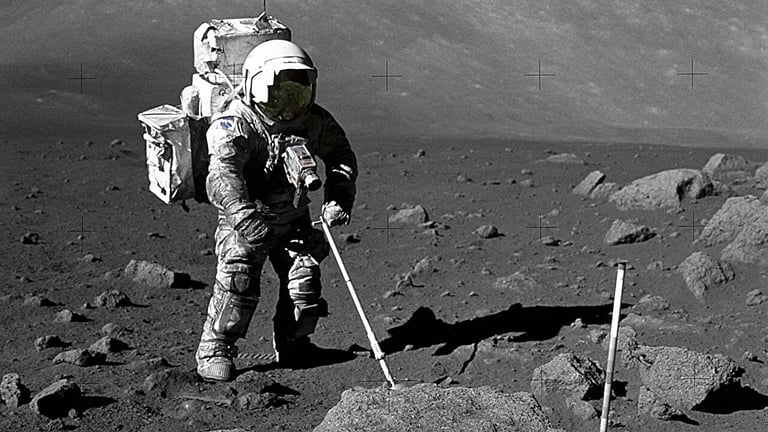Apollo Missions Unveil Moon's Origins: Evidence Supports Giant Impact Hypothesis
August 25, 2025
The Apollo missions revolutionized our understanding of the Moon's origins, providing critical evidence supporting the giant impact hypothesis, which posits that the Moon formed from a collision between early Earth and a Mars-sized body called Theia.
Beyond scientific insights, the Apollo missions drove technological progress, engineering innovations, and spin-off technologies, demonstrating their broad and lasting impact.
Analysis of lunar samples showed that the Moon shares a similar ratio of stable oxygen isotopes with Earth, supporting the idea of a common origin or material source.
The Moon's composition, including fewer heavy elements and the absence of light elements, aligns with the giant impact hypothesis, which predicts such elements would have either vaporized or sank to Earth's core during the collision.
Lunar samples collected during Apollo revealed that the Moon was once a highly molten body with a global magma ocean and contained high concentrations of KREEP elements, indicating extensive melting and differentiation.
The article underscores the importance of ongoing and future lunar exploration, emphasizing that the knowledge gained from Apollo has laid a foundation for further discoveries and that extended missions could unlock even more insights into the universe.
Summary based on 2 sources
Get a daily email with more Science stories
Sources

Phys.org • Aug 25, 2025
How the Apollo missions unlocked the origins of the moon
Universe Today
How the Apollo Missions Unlocked the Origins of the Moon